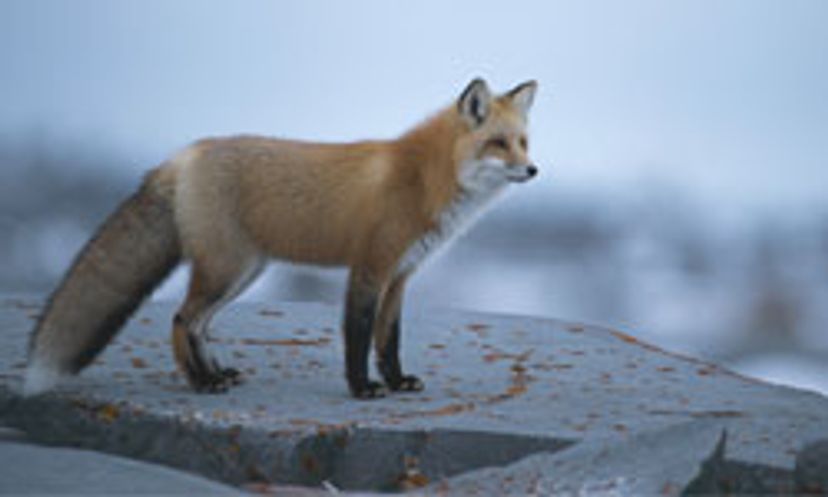
Baby foxes are known by three different terms: cubs, kits and pups.
The fox, while it indeed hunts rodents and preys on lizards, is only considered a pest for its harm to poultry.
Including the long, bushy tail, an adult fox can reach three feet (90 cms) in length.
Advertisement
A fox's ears are usually erect and triangular-shaped.
Foxes' eyes are elliptically-shaped in strong light, like a cat's, as opposed to other members of the extended dog family, whose eyes are round.
Foxes were introduced to Australia to regulate the growing overpopulation of rabbits.
Advertisement
Most foxes live up to 14 years.
Foxes usually hunt for food during the night and then sleep during the day.
Both parents have the role of taking care of their offspring, not just the vixen.
Advertisement
The fox is suited to a variety of climates and habitats, including Arctic, mountain, coastal and desert regions.
Foxes hunt alone, unlike other wild predators that use team force to round up and encircle their prey.
They sometimes eat fruit, in addition to meat (lizards, mice and the like).
Advertisement
They are quite swift and can run over 25 miles (40 kms) per hour. They do this over short distances, though, but can't maintain that pace for long.
They swiftly outrun their predators, zigzag-style.
It is always white at the tip.
Advertisement
The red or common fox is the one that is hunted mostly in North America and Europe.
Foxes do have whiskers (both the fairy-tale variety and the real stuff) and they're for feeling their way in the dark.
The Arctic fox wins paws-down on this one with sometimes up to 20 cubs in one litter.
Advertisement
Fennec foxes live in the desert regions of North Africa and Saudi Arabia.